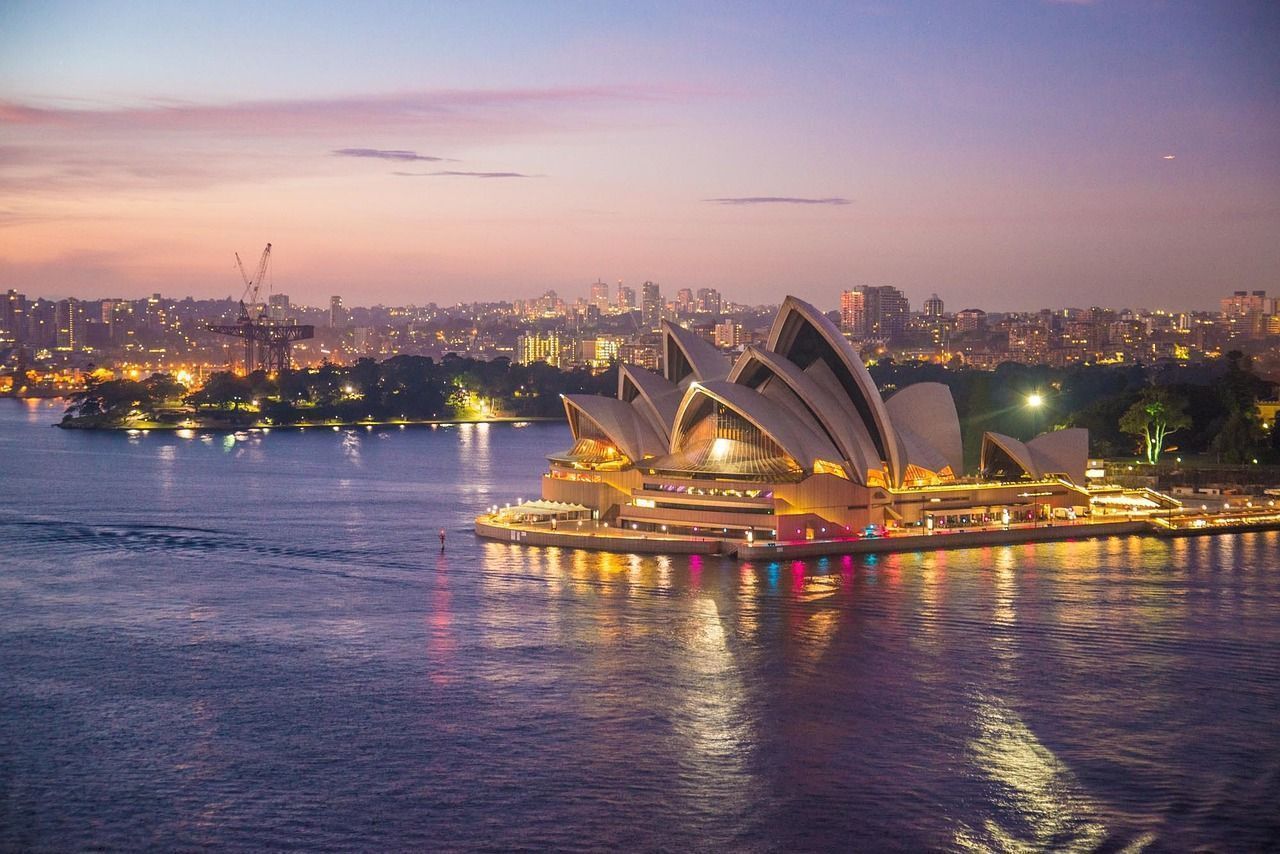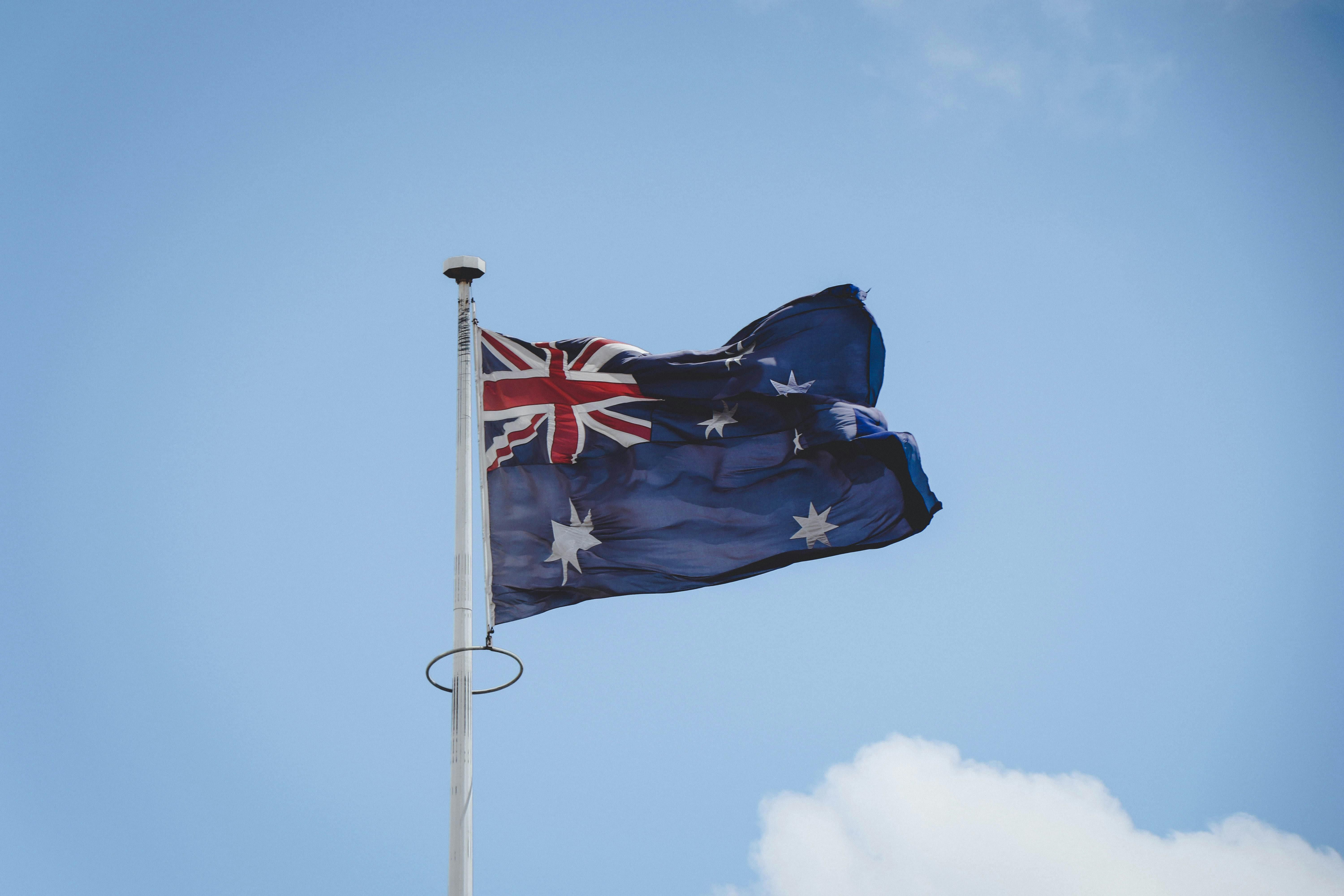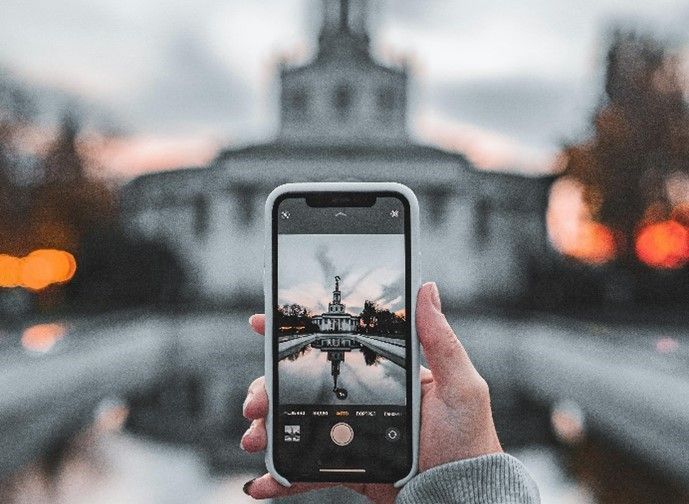 Travel to Australia: Best eSIMs for Australia
Travel to Australia: Best eSIMs for AustraliaThe best eSIM providers to consider for your Australian adventure from data only eSIM plans to Australia eSIM plans with data roaming.
Read More
Australia is the sixth-largest country in the world, so it’s normal to feel a bit overwhelmed about what to see and do, especially since flights aren’t cheap. With a little planning, though, you can make the most of your time there. In this post, we will break down everything first-timers need to know before heading Down Under.
This section will cover the essentials, like visas, the best time to visit, and budgeting tips. Let’s jump in!
Almost all international visitors need a visa or travel authorization before entering Australia. The type of visa you’ll need depends on:
The Electronic Travel Authority (ETA) is the most common option for tourists and short-term business travellers. It allows you to stay for up to three months per visit.
We recommend applying early, as visa processing times can vary depending on where you’re from and the time of year.
Australia is very large and the weather changes a lot, so when you should visit depends on the places you want to see and the activities you want to do.
1. Summer (December to February)
2. Autumn (March to May)
3. Winter (June to August)
4. Spring (September to November)
Australia is an expensive destination. But with some planning, you can manage your costs and still have a great trip. Here’s what you can expect to spend:
Flights from the US or Europe usually cost around $800 to $1,500, depending on when you book. Accommodation can range from $50 to $100 per night for hostels, $100 to $200 for mid-range hotels or private rentals, and over $200 for luxury stays. You’ll also need money for food, transport, and activities, which can cost about $50 to $150 per day.
To save money, book flights and hotels early, try to use public transport instead of taxis.
Australia has so many amazing places to visit that it can be hard to decide where to go, especially if you only have a short amount of time. Here are some top destinations for first-time visitors, along with a few tips to make your trip even better.
Sydney is home to the famous Sydney Opera House and Harbour Bridge, which are a must-see. The city also has beautiful beaches, like Bondi Beach, perfect for swimming or relaxing. You can wander through lively neighborhoods full of cafés, shops, and nightlife. Don’t miss taking a ferry to Manly for incredible harbor views.
Tip: Visit Bondi Beach early in the morning to watch surfers and avoid the crowds.
Coffee lovers, you will love Melbourne! The city is globally famous for its coffee culture. The laneways are full of small cafés, galleries, and boutique shops where you can discover hidden gems. You can also take a day trip along the Great Ocean Road to see some of the most beautiful coastal scenery in the country.
Tip: Take the ferry to Manly at sunset. It’s one of the best ways to see the harbor and the Opera House without the crowds.
The Great Barrier Reef is one of the world’s most famous natural wonders and a must-see for first-time visitors. Cairns is the main gateway to the reef and the nearby tropical rainforests. Try snorkeling as it’s a great way to see colorful fish, corals, and other amazing sea life up close. You can also visit local markets and try some delicious tropical foods, like barramundi, in Cairns.
Tip: Take an early morning snorkeling tour to enjoy calmer waters and more marine life.
The Gold Coast is famous for its long, sandy beaches and surfing. You can relax on the sand, watch surfers, or take a walk along the shore. If you want to try surfing, there are plenty of lessons for beginners. To add more spice to your day, spend a day at Dreamworld, one of the most popular theme parks on the Gold Coast.
Tip: Check out the Carrara Markets. They are the largest markets on the Gold Coast and are open every weekend.
The Australian Outback is big, rugged, and full of amazing nature. Uluru and Alice Springs are two of the most famous places to see. Sunrise and sunset at Uluru are incredible because the rock changes color with the light. The Outback feels very different from the cities and beaches, giving you a whole new side of Australia.
Tip: Bring a hat, sunscreen, and lots of water when you visit because it can get very hot.
Before you go, it helps to know a few basics about getting around, where to stay, and what to pack. These tips will help you feel ready for your Australian adventure.
Australia is a big country, so flying between cities is often the easiest way to travel. You can find good deals on domestic flights through websites like Qantas, Virgin Australia, and Jetstar. Trains and buses also connect most major cities, and you can check schedules or book tickets on NSW TrainLink or Greyhound Australia. If you want more freedom, renting a car is a great option, especially for road trips along the Great Ocean Road or into the Outback.
There are lots of places to stay in Australia, from simple hostels to luxury resorts. Prices change depending on the season, so it’s best to book early if you’re visiting during school holidays or summer. Whether you’re on a budget or want something fancy, you will find plenty of options.
Bring light, cool clothes for summer and warm layers for winter, especially in the south. Don’t forget comfortable walking shoes for exploring cities and nature. You’ll also need a power adapter since Australia uses Type I plugs. And always pack sunscreen, a hat, and a reusable water bottle. The sun can be very strong!
Staying connected in Australia is easy with an eSIM. It lets you use maps, apps, and data without needing a physical SIM card. Sim Local offers a range of eSIM plans that work great for travellers who want fast, reliable coverage across the country. Our data-only plans last from 7 to 30 days, so you’re never stuck if you decide to extend your trip.
Just make sure your phone is unlocked before you travel, so your eSIM works properly when you land. Choosing the best eSIM plan for Australia is easy. It only takes three minutes to activate, and you won’t need a contract, a credit check, or worry about roaming fees.
An eSIM makes travelling stress-free. You can activate it before you even leave home, so you’re connected the moment you land. You don’t have to hunt for a physical SIM card, which saves time and lets you start enjoying your trip as soon as you leave the airport. eSIMs also give you fast, reliable data without roaming charges or contracts.
Want to try a Sim Local eSIM before you buy? You can try it for free today. Over 4 million travelers worldwide trust us, and we’re sure you’ll love it too.
If it’s your first time, the east coast is a great place to start. Cities like Sydney, Melbourne, Brisbane, and the Gold Coast offer a mix of beaches, city life, and nature to explore. So, you won’t run out of options.
Plan to have about $5,000 AUD per person. That should cover flights, hotels, food, transport, and sightseeing.
Yes, $5,000 AUD is usually enough for a month if you plan carefully. You can stay in mid-range accommodation, eat at cafés, use public transport, and still enjoy sightseeing. Spending can vary depending on your travel style and activities.
 Travel to Australia: Best eSIMs for Australia
Travel to Australia: Best eSIMs for AustraliaThe best eSIM providers to consider for your Australian adventure from data only eSIM plans to Australia eSIM plans with data roaming.
Read More.jpg) How to Install Your eSIM on iPhone Using the Sim Local App
How to Install Your eSIM on iPhone Using the Sim Local AppHere is a simple step-by-step guide to install your travel eSIM on your iPhone using the Sim Local app. Video instructions included in here.
Read More How to Buy an eSIM Online: Your 5-Step Guide
How to Buy an eSIM Online: Your 5-Step GuideWhen it comes to buying an eSIM, we broke it down into five simple steps. Read these 5 steps now to find the perfect eSIM for your next adventure abroad.
Read MoreTravel Australia stress-free with our eSIM plans
Destination
Shop
About
Help
Contacts:
© 2025 Sim Local (IRELAND) Ltd. All Rights Reserved.